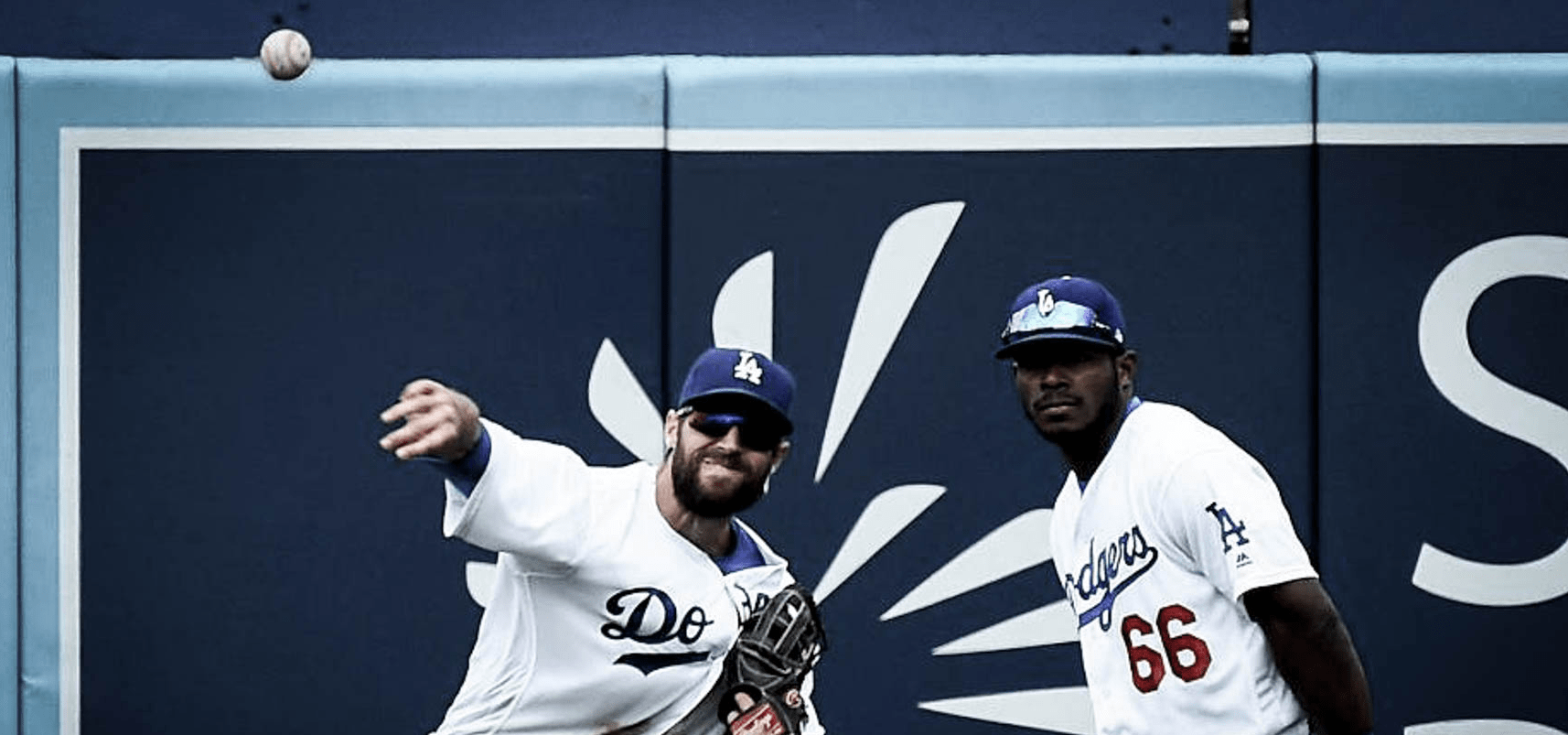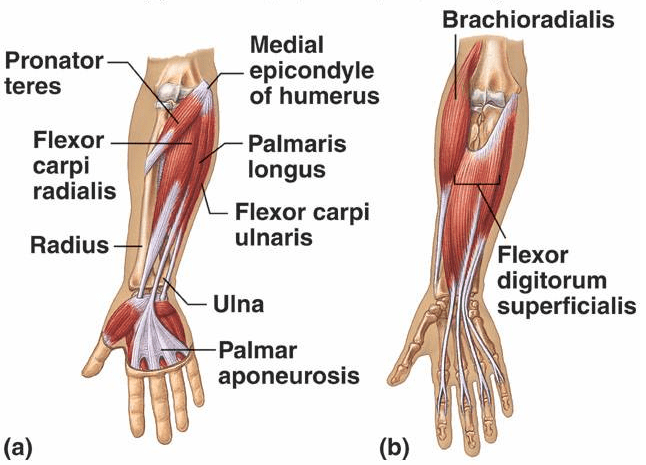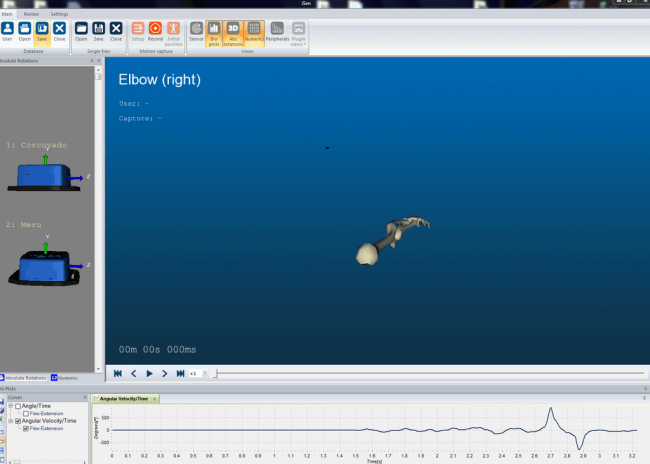Can Forearm Pronation Prevent Tommy John Surgery?

If you spend enough time in the world of baseball pitching, you will probably hear from someone that actively pronating the forearm is imperative to protecting the pitching elbow. A reason often given is that pronating the forearm engages the pronator teres muscle.
Can it prevent Tommy John surgery?
The powerful pronator teres is a forearm muscle that attaches on the inside of the elbow (the medial side) near the ulnar collateral ligament (UCL). Its primary job is to pronate the forearm. When it is active, it generates a force that likely protects the UCL and therefore likely reduces the risk of Tommy John surgery.
Thus, some believe that if a pitcher actively pronates the forearm at just the right time, he or she will optimally engage pronator teres to protect the UCL. This is misleading.
How Forearm Muscles Actually Work to Protect the UCL
The idea that one must pronate the forearm to utilize pronator teres is not actually true.
Yes, in general, it is true that one must activate the pronator teres muscle to pronate the forearm… but muscle activation is the cause and forearm rotation is the effect. Not the other way around.
Moreover, it is NOT true that one must have a pronated forearm to engage pronator teres. It is, in fact, very possible to activate this muscle even if the forearm does not appear to be pronating or is not in a pronated position.
In other words, pronator teres activation and forearm pronation are distinct concepts. The activation of pronator teres only causes the tendency for the forearm to pronate. But it does not always cause actual forearm pronation.
There are many muscles crossing the elbow and forearm. Some of these muscles (like pronator teres), when active, cause the tendency for the forearm to pronate. Others, when active, cause the tendency for the forearm to supinate. What primarily determines the motion and position of the forearm is the balance between the two sets of muscles [1].
For example, if pronator teres and the other muscles that cause forearm pronation are generating more force than the muscles that tend to cause supination, the forearm will generally pronate. In contrast, if the muscles that cause supination are generating more force, the forearm will generally supinate. If the two groups are generating equal forces, the forearm will remain stationary in its current position (pronated or supinated).
Opposing groups of muscles can be on at the same time. When opposing muscles are active at the same time, it is called co-contraction [1].
And the previous concepts are true for every joint of the body.
Because muscles can co-contract, a pitcher does not need to visibly pronate the forearm to take advantage of the force generated by pronator teres. This muscle can be generating plenty of force to protect the UCL even if the forearm is in a supinated position.
Co-contracting elbow muscles might actually be the best strategy for protecting the UCL during pitching. When more muscles crossing the elbow are active, the upper arm and forearm bones are pulled together more tightly. This allows the bony architecture of the elbow to provide more stability. However, more research is needed to determine the optimal muscle activation strategy for UCL protection in a pitcher.
(Note that children with immature and vulnerable skeletons should be careful about compressing elbow bones too much. Talk directly to a professional for specific advice.)
So, until there is more conclusive research, I cannot definitively say whether forearm pronation or supination is better for protecting the UCL. Furthermore, the story is much more complicated than just pronation versus supination.
The story is more complicated because many other factors contribute to the force output of a muscle and the force on the UCL. For example, pronator teres also crosses the elbow joint in addition to the forearm joint. This means that the state of the elbow (i.e. whether it is flexing or extending) is also incredibly important to this muscle’s force output.
As I’ve said before, a muscle that is shortening generates much less force than the same muscle when it is stationary or lengthening.
Quick question: If the elbow is flexing while the forearm is supinating, is the pronator teres muscle shortening or lengthening?
Answer: You don’t know! It is practically impossible to tell without specifically monitoring the muscle itself.
Additionally, many other muscles also cross the elbow near the UCL. It remains unclear in peer-reviewed research how force is distributed among these muscles, the bony architecture, and the UCL, so focusing efforts on pronator teres may not be the best strategy.
Therefore, it appears unlikely that pronating the forearm at just the right time is the key to avoiding Tommy John surgery.
The state of the forearm, in supination or pronation, is likely only a piece of the puzzle when it comes to protecting the UCL. And the shape of this puzzle piece will be dependent on pitcher-specific anatomy, physiology, and pitching mechanics.
Now, to be clear, it is very possible (and maybe even probable) that a forearm technique in combination with an elbow and shoulder technique (i.e. the elbow spiral) does improve elbow injury risk during pitching. But more work is needed to test this theory.
So then what is a more general takeaway that can reduce injury risk for pitchers?
Adult pitchers should focus on strengthening forearm and elbow muscles (as I’ve said before). This can be done through resistance training, weighted balls, wrist weights, long toss, and other training modalities. Through these methods, pitchers can not only strengthen muscles, but also learn efficient and effective movement patterns that engage muscles when they need to be engaged.
There is still much to be learned about how to prevent Tommy John surgery. The peer-reviewed research is still in its infancy. However, there is ample evidence that strong forearm and elbow muscles are critical. In numerous cadaver studies, it has been shown that more force from these muscles relieves the UCL [2-4]. So if you want to prevent Tommy John surgery, my recommendation is to focus on making the forearm and elbow muscles as strong as possible.
You can learn Driveline’s approach to programming the many modalities available to strengthen the muscles of the arm in Hacking the Kinetic Chain.
Dr. James H. Buffi has a degree in mechanical engineering from the University of Notre Dame and a PhD in biomedical engineering from Northwestern University. His doctoral dissertation was called, “Using Biomechanical Modeling and Simulation to Calculate Potential Muscle Contributions to the Elbow Varus Moment during Baseball Pitching.” He has also been a visiting scholar in the National Center for Simulation in Rehabilitation Research at Stanford University as well as a visiting researcher at Massachusetts General Hospital. You can follow @jameshbuffi on twitter.
- Lieber, R.L. and R.L. Lieber, Skeletal muscle structure, function & plasticity : the physiological basis of rehabilitation. 2nd ed. 2002, Philadelphia: Lippincott Williams & Wilkins. xii, 369 p.
- Udall, J.H., et al., Effects of flexor-pronator muscle loading on valgus stability of the elbow with an intact, stretched, and resected medial ulnar collateral ligament. J Shoulder Elbow Surg, 2009. 18(5): p. 773-8.
- Seiber, K., et al., The role of the elbow musculature, forearm rotation, and elbow flexion in elbow stability: an in vitro study. Journal of Shoulder and Elbow Surgery, 2009. 18(2): p. 260-8.
- Lin, F., et al., Muscle contribution to elbow joint valgus stability. Journal of Shoulder and Elbow Surgery, 2007. 16(6): p. 795-802.
Want to learn more about strength training as it relates to being a better pitcher? Read all of our articles relating to strength here.
Comment section
Add a Comment
You must be logged in to post a comment.


Herb -
Do you have an idea why a high school pitcher might be having a chronic issue with straining the pronator teres. Seems like it’s more likely a decel pattern issue. Or compensation for weakness ielsewhere?
David Besky -
That’s a great question: it could be any combination of those factors contributing. Without examining his ranges of motion and mechanics in-person, we couldn’t tell exactly if his mechanics or weaknesses/range of motion limitations would be causing him to strain his pronator teres. Furthermore, it could also just be that he doesn’t moderate intent well, and thus is throwing too much at high intensities without properly recovering.